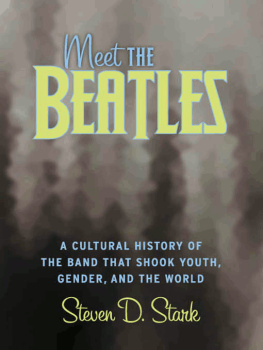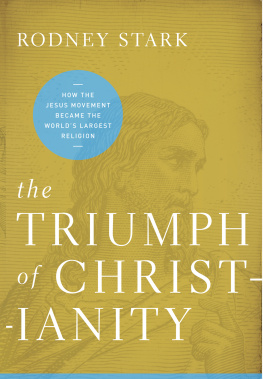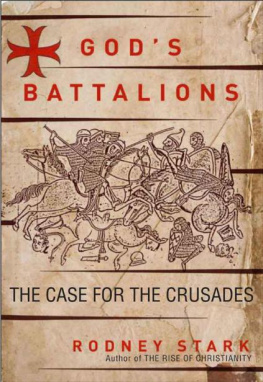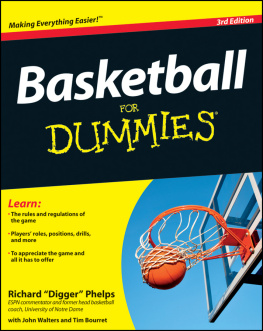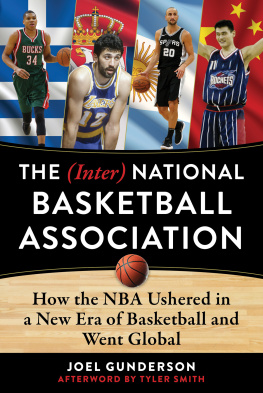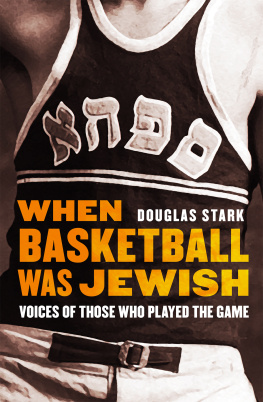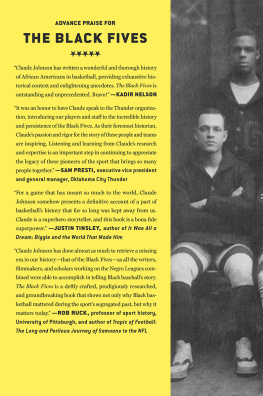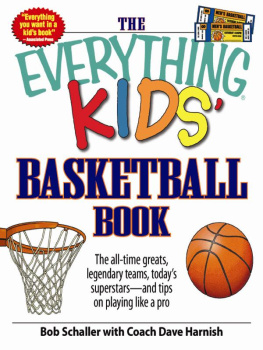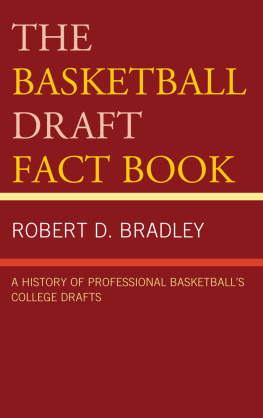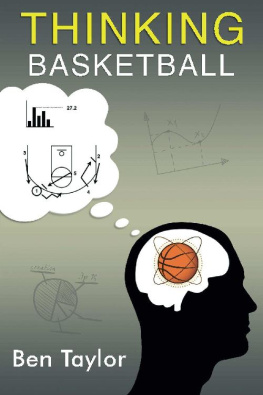I love this book. The narrative comes alive with the fascinating testimonies of those involved. Along the way, Douglas Stark traces the evolution of the game during those otherwise fearsome years. This is a must-have book for both the casual basketball fan as well as the devoted hoop-o-phile.
Wartime Basketball
The Emergence of a National Sport during World War II
Douglas Stark
University of Nebraska Press | Lincoln and London
2016 by Douglas Stark
Cover image is from the interior
Author photo courtesy of Kate Whitney Lucey
All rights reserved
Library of Congress Cataloging-in-Publication Data
Names: Stark, Douglas (Douglas Andrew), 1972
Title: Wartime basketball: the emergence of a national sport during World War II / Douglas Stark.
Description: Lincoln: University of Nebraska Press, [2016] | Includes bibliographical references and index.
Identifiers: LCCN 2015033878
ISBN 9780803245280 (cloth: alk. paper)
ISBN 9780803286917 (epub)
ISBN 9780803286924 (mobi)
ISBN 9780803286931 (pdf)
Subjects: LCSH : BasketballUnited StatesHistory20th century. | Basketball and warUnited States. World War, 19391945United States.
Classification: LCC GV 885.7 . S 77 2016 | DDC 796.323097309044dc23 LC record available at http://lccn.loc.gov/2015033878
The publisher does not have any control over and does not assume any responsibility for author or third-party websites or their content.
For Bennett and Alexis
Two big basketball fans
Rally to our nations colors
For the glory of our land
To ensure our peace and freedom
Hearken to our chiefs command
Never shirk and never weary
To defend our hearth and home
We hold dear each hill and valley
Lakes and oceans white with foam
Never will we knuckle under
Any tyrants bold demand
Well defend our countrys honor
Every inch of our land
Woe to him who courts the favor
Of that small minority
Who would sell us down the river
Threaten our security
There are some, I know not wherefore
They are men who would destroy
Our democracy and freedom
Which we cherish and enjoy
We must stand at once united
Against this foe wherever he be
Ensure our everlasting freedom
For us and our posterity
Julius Stark, October 1941
Contents
While I was writing my first book, The SPHAS : The Life and Times of Basketballs Greatest Jewish Team, I devoted a chapter to basketball and war. The chapter focused on how World War II impacted basketball: leagues were forced to contract, players had to split their time between military service and basketball, and service basketball emerged on bases across the country. It was a short chapter, brief in its content, and only hinting at a larger story waiting to be told. It did not even mention the integration of professional basketball, which occurred during the war years. As I came to learn, nothing substantial had been written about this period of basketball history during World War II. It was largely undocumented.
In contrast, much has been written about baseball and football during World War II. Recent books have captured this period in baseball and football history, showing the sacrifices these sports made to support the war effort and how the war impacted those sports. Movie reels contain footage of baseball stars Hank Greenberg and Joe DiMaggio enlisting in the military. But basketball was a much different sport. Although a distinctly American game founded in 1891 in Springfield, Massachusetts, basketball was still regional on the eve of World War II, its popularity confined to certain parts of the country. Its coverage in newspapers was not nearly as comprehensive or extensive as those other sports. Sometimes away games for professional teams were not covered in the newspapers at all. Sometimes only a box score survived. In some instances, only a score made its way into the sports pages.
Basketball did not have the same advocates as baseball. President Franklin D. Roosevelt wrote his famous Green Light letter saying baseball should be played during the war, but he did not advocate for basketball. Baseball writers Wendell Smith and Sam Lacy used their positions as influential African American writers to urge Major League Baseball to integrate, something the sport finally did in 1947 with Jackie Robinson. Basketball had no journalistblack or whitechampioning for the games integration. Basketball was on its own.
Yet World War II greatly impacted basketball. The style of play changed. It became more up-tempo, which increased scoring. It also acquired a more national character. In the 1930s with college basketball doubleheaders, teams from different parts of the country faced each other in highly anticipated match-ups in New York, Philadelphia, and Chicago, but military basketball forced players from different parts of the country to play with each other. As this happened, a more national game emerged, eliminating the regional differences in the game and creating a game everyone could recognize. Finally, professional basketball integrated five years before Jackie Robinson broke the color barrier in baseball. Unlike baseball, basketball integrated with less fanfare and problems. It just happened. The success of basketball during World War II also led to the formation of the Basketball Association of America ( BAA ) and the ensuing success of basketball in the postWorld War II era.
Basketball today is a global sport, played in all countries by people of all abilities. Its success today can be traced to World War II and how the game changed for the better during that time. This is a story that deserves to be told alongside the chronicles of other professional sports.
World War II is a period in our history that continues to fascinate us more than seventy-five years later. This has been particularly true regarding sports during the war years. For me, this interest in basketballs place in World War II developed while I was working on my first book, The SPHAS : The Life and Times of Basketballs Greatest Jewish Team. I became intrigued with the role that service basketball played and how many of the players and coaches in the postwar years had their start during the war. As I researched this book, I came to appreciate not only the sacrifices everyone made but also how the game was still developing and the impact these players had on the games growth and development. Todays game is a direct descendent of the game during the war years. My research shed light on an important time in the games history, one that is largely ignored. It was a wonderful journey of discovery.
This journey could not have been completed without the help of Bill Himmelman, one of the most generous people I have met, always willing to share his time and knowledge. As I came to learn, it is never too late to call Bill with a question. His knowledge of the games early history and his research into the players and their playing statistics are unmatched and a tremendous resource for those researching basketball prior to the founding of the NBA . I owe him thanks for all his assistance and most importantly his patience.
Additional individuals were especially helpful. David Smith, former librarian at the New York Public Library, continued tracking down footnotes and sources. Matt Zeysing, historian at the Naismith Memorial Basketball Hall of Fame, opened the Hall of Fames archives on many a Saturday morning for me to pull items for researching. Robin Deutsch spent countless hours helping to revamp my Web site. Seymour Smith, former sportswriter and editor at the


